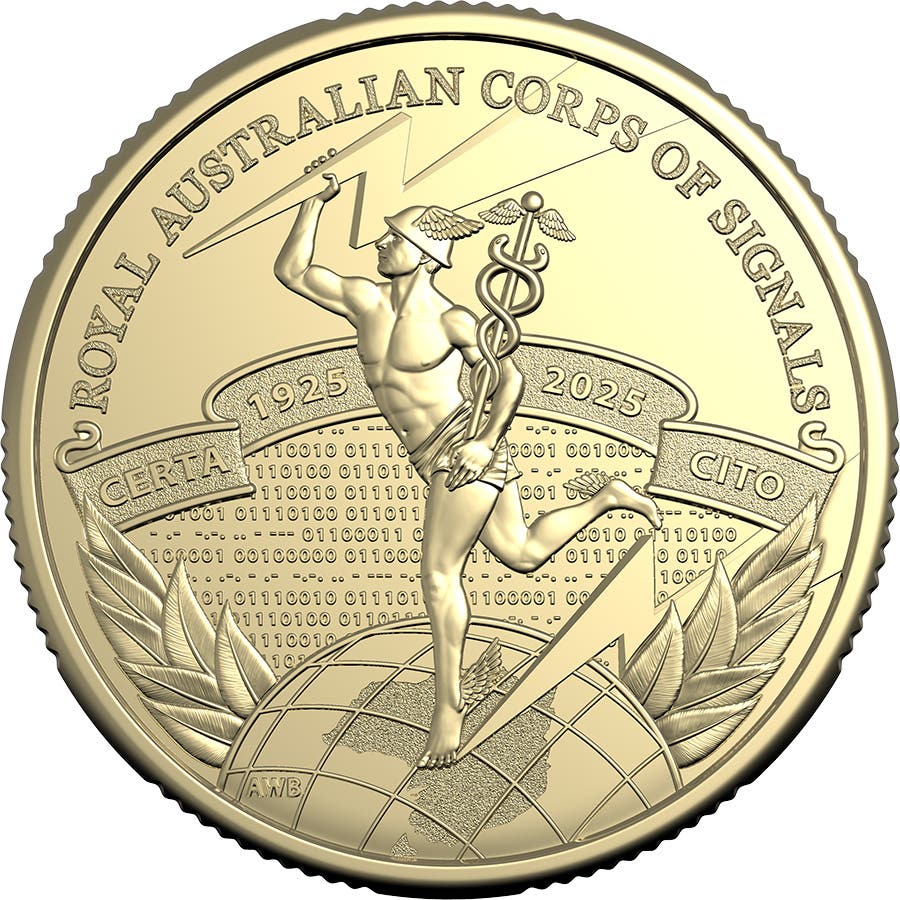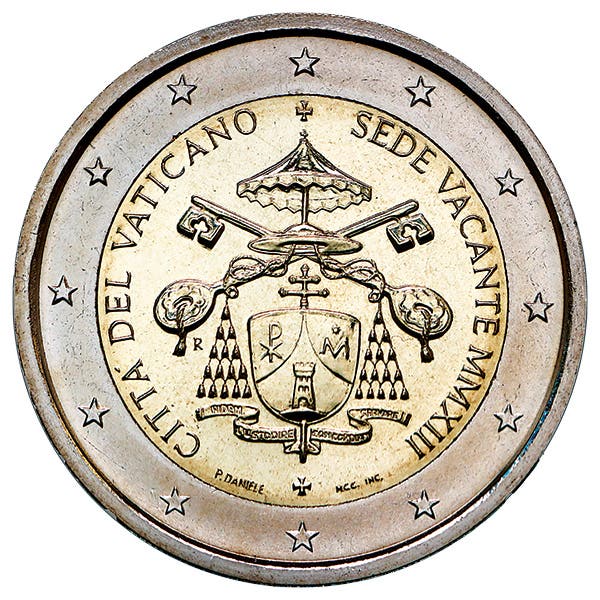Over the Top Coins
There has been an argument for years regarding when a free-standing medal should be considered to be a small sculpture rather than a form of medalic art.
For years mints have been producing ancillary products that help improve their bottom line. Among these products are Proof and Mint sets, as well as medals and non-circulating legal tender commemoratives meant to be sold to collectors and souvenir hunters. For years Monnaie de Paris (French mint) has taken the novel approach of producing small statues and other small works of art.
It appears several mints have been moving into producing things that technically can be called coins but are hardly something that either might circulate as money or that fall into the realm of being NCLT commemoratives. There has been an argument for years regarding when a free-standing medal should be considered to be a small sculpture rather than a form of medalic art. Perhaps the same argument should be applied to some of these so-called coins. Not all coins need to be able to be spent as money to be dubbed as coins, but when does what we call a coin become too embellished to continue to be considered eligible for that name?
In recent years coins have been struck in such unorthodox shapes as a helmet, the map of a country, four-leaf clover, bar or ingot, or even a maple leaf. Coins have been struck in the name of the Cook Islands, in which genuine diamonds, rubies, and sapphires have been embedded as would be viewed in a kaleidoscope. The Palau Treasures of the World coins include embedded emeralds, rubies, sapphire, and topaz.
A Treasures of Mother Nature coinage series issued in the name of Fiji includes amethysts, gold, peridot, pink pearl, platinum, rhodium, smoky quartz, topaz, and white pearl.
The Royal Canadian Mint may be the highest profile mint to produce what could or couldn’t be argued to be a coin as their description could easily be mistaken to be describing jewelry. Among these issues are a 2015 Black-Eyed Susan $20 that includes three crystals, a 2015 Polar Bear $20 with jade embedded into the planchet, and a 2016 Majestic Maple Leafs $20 silver bullion complete with druzy stone.
Canada went as far as to issue $5 silver coins in which the birthstone for any of the 12 months of the year is embedded. Are these coins, or are they jewelry in the shape of a coin on which a value has been stamped?
Some coins could be mistaken for paperweights, doorstops, or perhaps even the door itself. In 2011 the Perth Mint in Western Australia produced a $1 million Australian gold coin with a diameter of 80 centimeters and thickness of 12 centimeters that appears to challenge the largest of the Yap Island stone coins in size.
Compare that cartwheel to the RCM-produced millstone grinding wheel diameter gold coins of 2007 with a face value of $1 million known as the Big Maple Leaf that would make the medieval 1,000-mohur gigantic gold coins of Mogul India jealous. This monster made someone jealous. An example was stolen from a museum in Germany and promptly melted by whoever stole it.
The RCM is now about to outdo itself through its Opulence Collection of platinum coins plated with rose gold in which pink diamonds from the famed Argyle Mine and pearls will be embedded. The reverse features the engraving of a flowering cherry blossom tree. The Opulence Collection could be argued to be jewelry rather than coinage.
The East India Company has recently released a 9.6-inch diameter coin dubbed The Crown that likewise could be labeled “something else.” Composed of almost eight pounds of gold accompanied by 6,426 diamonds, this coin honors the life of the late Queen Elizabeth II and is billed as being “among the most valuable coins of all time.”
The East India Company name was legally resurrected by businessman Sanjiv Mehta, who, according to his company website, “sells luxury products including jewelry, homeware, and commemorative coins that ‘capture moments in history for contemporary enthusiasts and future generations to treasure.’”
In a recent interview, Mehta said, “An average diamond setter can set about four stones in an hour. So, when you’re looking at (around) 6,500 stones on one piece, that’s a huge number of man-hours.”
Sources suggest The Crown took more than a year to produce. Since Queen Elizabeth II, whose memory the coin is meant to honor, died in September 2022, it appears the coin was already being prepared while she was still alive.
The EIC coin was produced in partnership with the British Overseas Territory of St Helena.
Is this one small step for coins, preparing for another giant leap for numismatics, or should we be revisiting the definition of what constitutes a coin? Regardless, it appears innovation and originality will continue to drive coin technology, and that’s a good thing.
You may also like: The Seymour Unicorn








